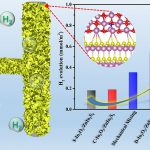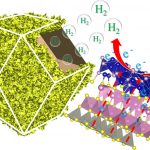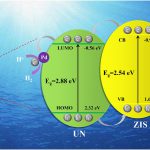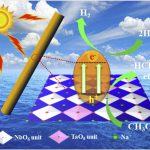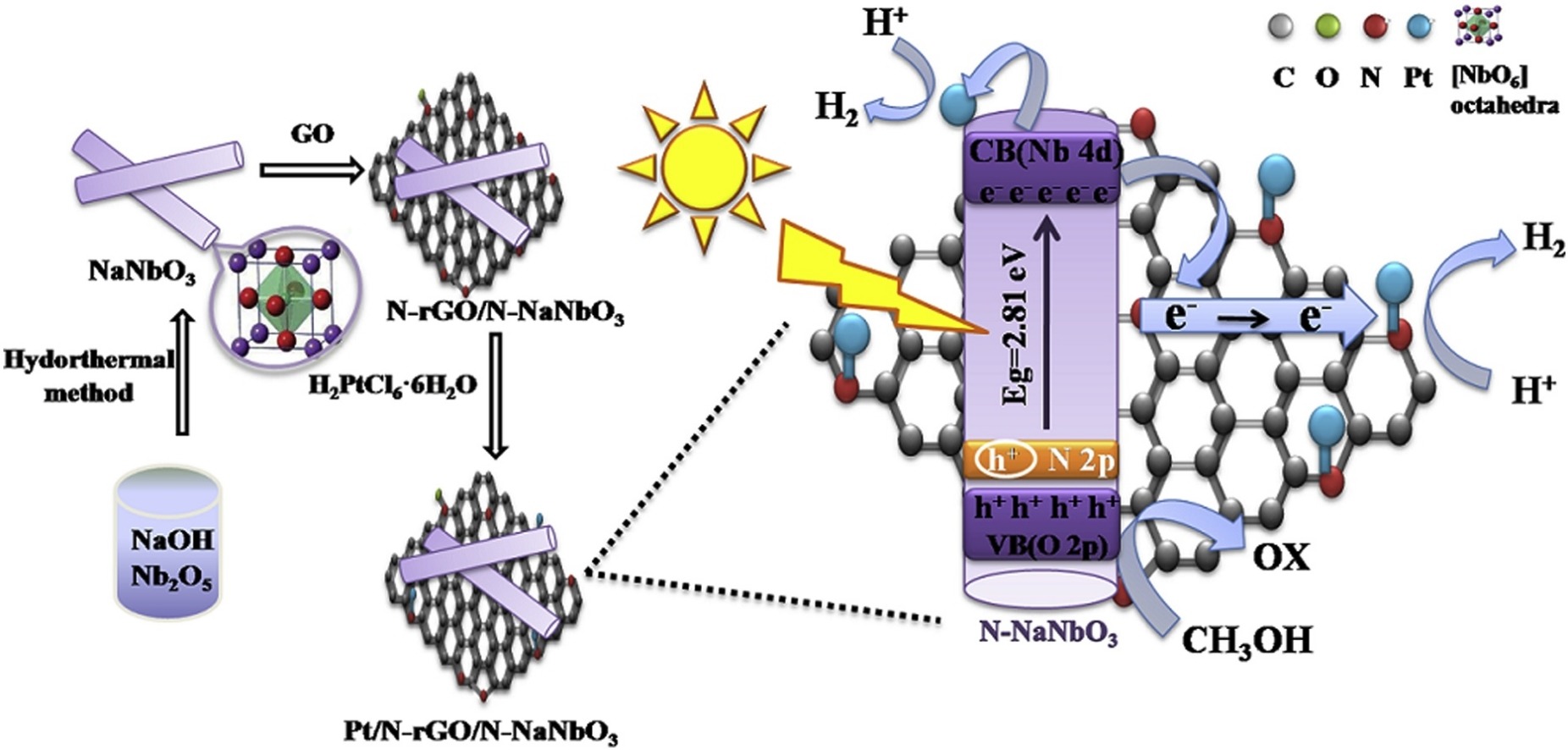The directional synthesis of transition metal phosphides was considered to be an effective strategy to solve the overdependence of noble metals on photocatalytic hydrogen evolution (PHE) reactions. Inspiringly, this work reported a facile method for constructing hollow Co2P nanocages (Co2P NCGs) that derived from ZIF-67 by calcining and phosphiding procedure in nitrogen atmosphere to act as non-noble metal cocatalysts. Followed with further coating thin-layered ZnIn2S4 (ZIS) on the surface of Co2P NCGs through a hydrothermal reaction, the hierarchical robust Co2P/ZnIn2S4 nanocages (Co2P/ZIS NCGs) were then delicately fabricated as efficient photocatalysts for PHE reactions. The uniquely hollow structure of Co2P NCGs largely diffused the photogenerated chargers that induced from ZIS and the closely interfacial contact significantly promoted the separation and transfer of electrons from ZIS to Co2P according to density functional theory (DFT) calculation, synergistically resulting in an efficient hydrogen generation performance. PHE results showed that an efficient H2 evolution rate of 7.93 mmol/g/h over 10% Co2P/ZIS NCGs was achieved, about 10 times higher than that of pristine ZnIn2S4. More importantly, the hierarchically hollow Co2P/ZIS NCGs exhibited ascendant PHE activity in comparison with that of 1% noble metal (Pt, Au, Ag) loaded ZnIn2S4 with superior sustainability, all indicating the efficient and stable photocatalysts of Co2P/ZIS NCGs for PHE reactions.
https://doi.org/10.1016/j.jcis.2021.01.083
 Wei-Lin Dai Group
Wei-Lin Dai Group
